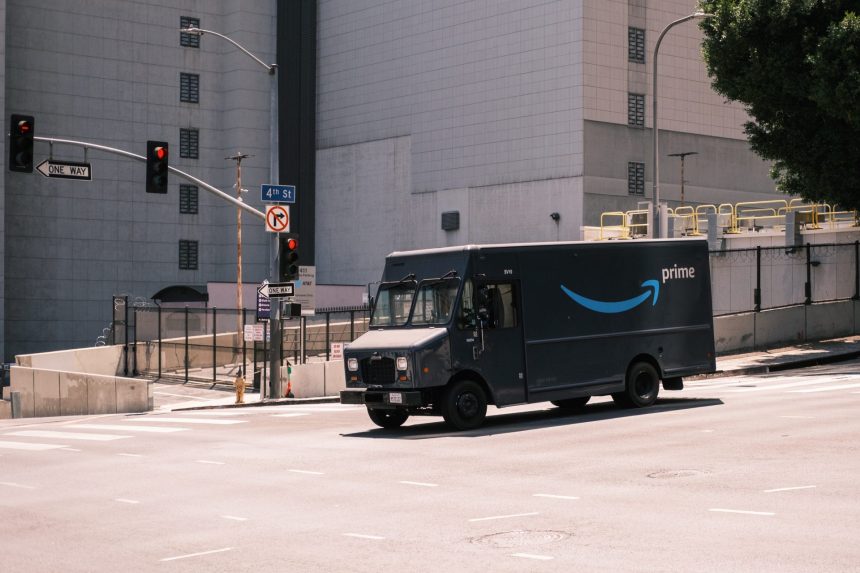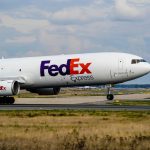In recent years, the landscape of the delivery business in the United States has undergone a significant shift. Once dominated by industry giants UPS and FedEx, a new player has emerged to claim the crown of the biggest delivery business in the country – Amazon.com. With its relentless focus on customer convenience and a vast network of fulfillment centers, Amazon has surpassed its competitors in parcel volumes and shows no signs of slowing down.
A Shift in Power
According to internal Amazon data and industry insiders, the Seattle-based e-commerce giant delivered more packages to U.S. homes in 2022 than UPS. This milestone follows Amazon’s overtaking of FedEx in 2020, solidifying its position as a dominant force in the delivery industry. While the U.S. Postal Service still holds the title for the largest parcel service by volume, handling millions of packages for all three companies, Amazon’s rapid growth is undeniable.
The Amazon Advantage
One of the key factors contributing to Amazon’s rise in the delivery business is its immense logistical infrastructure. The company has invested heavily in building a vast network of fulfillment centers strategically located across the country. These centers serve as hubs for storing, packing, and shipping products, enabling Amazon to offer fast and reliable delivery to its customers.
Additionally, Amazon has embraced innovative technologies to streamline its delivery operations. The company utilizes advanced robotics and automation systems within its fulfillment centers, increasing efficiency and reducing delivery times. Furthermore, Amazon’s extensive use of data analytics allows for precise demand forecasting, optimizing inventory management and ensuring timely deliveries.
A Customer-Centric Approach
Amazon’s success in the delivery business can be attributed, in large part, to its relentless focus on customer satisfaction. The company has made significant investments in improving the delivery experience, offering a wide range of delivery options and convenient features such as same-day and one-day delivery. Amazon Prime, the company’s subscription service, provides members with free and expedited shipping on eligible items, further enhancing the customer experience.
Moreover, Amazon has revolutionized the last-mile delivery process through its innovative delivery network. The company relies on a combination of its own fleet of delivery vehicles, independent contractors, and partnerships with local delivery services to ensure fast and reliable delivery to customers’ doorsteps. This decentralized approach allows Amazon to leverage local knowledge and resources, further enhancing its delivery capabilities.
The Impact on Competitors
The rise of Amazon as the leading delivery business in the U.S. has undoubtedly had an impact on its competitors. UPS and FedEx, once the dominant players in the industry, are now facing increased pressure to adapt to the changing landscape. Both companies have had to invest heavily in expanding their delivery networks and improving their operational efficiency to keep pace with Amazon’s relentless growth.
In response to Amazon’s challenge, UPS and FedEx have also explored innovative solutions. UPS, for example, has introduced UPS My Choice, a service that provides customers with greater control over their deliveries, allowing them to schedule deliveries, reroute packages, and receive delivery alerts. FedEx has focused on expanding its e-commerce capabilities, partnering with popular online marketplaces to offer integrated shipping solutions.
The Future of the Delivery Business
As Amazon continues to dominate the delivery business in the U.S., the industry as a whole is undergoing a transformation. Traditional logistics providers are being forced to adapt to the changing dynamics and find new ways to differentiate themselves. The rise of e-commerce and the increasing demand for fast and reliable delivery are driving innovation and pushing the boundaries of what is possible.
In the coming years, we can expect to see further advancements in last-mile delivery, with companies exploring technologies such as drones and autonomous vehicles to revolutionize the delivery process. The focus on sustainability and reducing carbon emissions will also shape the future of the industry, with companies seeking more eco-friendly and efficient delivery solutions.
See first source: Wall Street Journal
FAQ
What major shift has occurred in the U.S. delivery business landscape in recent years?
The significant shift in the U.S. delivery business landscape involves Amazon.com emerging as the biggest delivery business in the country, surpassing industry giants like UPS and FedEx.
How did Amazon achieve this milestone in the delivery industry?
Amazon’s rise in the delivery business can be attributed to several key factors. The company has built an extensive logistical infrastructure with a vast network of strategically located fulfillment centers. It has also embraced innovative technologies, such as robotics and data analytics, to optimize its delivery operations. Amazon’s customer-centric approach, offering a wide range of delivery options and convenience features, has played a crucial role in its success.
What is Amazon Prime, and how does it enhance the customer experience?
Amazon Prime is Amazon’s subscription service that provides members with free and expedited shipping on eligible items. It enhances the customer experience by offering fast and convenient delivery options, making it a valuable perk for subscribers.
How has Amazon revolutionized the last-mile delivery process?
Amazon utilizes a decentralized approach to last-mile delivery, relying on its own fleet of delivery vehicles, independent contractors, and local delivery service partnerships. This approach leverages local knowledge and resources to ensure fast and reliable delivery to customers’ doorsteps.
What impact has Amazon’s dominance had on its competitors, such as UPS and FedEx?
Amazon’s rise as the leading delivery business in the U.S. has put pressure on its competitors like UPS and FedEx. These traditional players have had to invest heavily in expanding their delivery networks and improving operational efficiency to keep up with Amazon’s growth.
What innovative solutions have UPS and FedEx explored in response to Amazon’s challenge?
UPS introduced UPS My Choice, a service that gives customers greater control over their deliveries, allowing them to schedule deliveries, reroute packages, and receive delivery alerts. FedEx has focused on expanding its e-commerce capabilities and partnering with online marketplaces to offer integrated shipping solutions.
What can we expect in the future of the delivery business in the U.S.?
The future of the delivery business is likely to see further advancements in last-mile delivery, with companies exploring technologies like drones and autonomous vehicles. Sustainability and reducing carbon emissions will also be a focus, leading to more eco-friendly and efficient delivery solutions. The rise of e-commerce and the demand for fast, reliable delivery will continue to drive innovation in the industry.
Featured Image Credit: Photo by Andrew Stickelman; Unsplash – Thank you!







